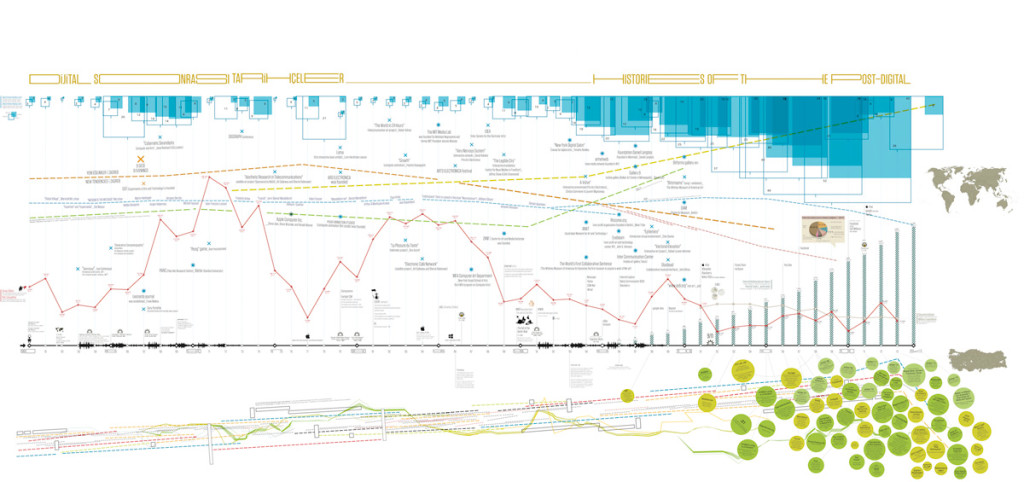
«The methods of our imagination follow the method with which technology evolves and tomorrow’s technical efficiency will spur further imagination»[1]. Baudrillard was an observant reader of his time and the aesthetic evolution that pointed its finger at paths connected to such things as objects, value, seduction, chaos, the end, innocence and the transparency of evil, to the obscene and the virtual. At the heart of his work could be found cardinal words (sometimes even irreverent ones) which he had found a way to place among things with ideas, notes and thoughts. These were in constant evolution, spinning the plot of the present over and over again. They were like a pattern or an EKG that, along the Milky Way of irrevocable reflections connected to art and its complex relationship with the new tools of communication (McLuhan) and with an age that is becoming constantly softer [2], place their trust in a world structured like a curved line in which exchanges between things and non-things (Undinge – in the words of Flusser)[3], filled the creative sails – with increasingly incisive insistence – with the winds of the nebulous, the ghostly and the gaseous to woo the coasts of the mechanical, electronic and computer lands. The purpose was to build spaces of questioning and action in order to visually ponder and formulate an aesthetic observation or critical opinions in a continuous experiment on hardware and software – manipulating information[4], to force the device to do something else. To formulate interaction, produce privileged observers and to duplicate reality through actions, exchanges and aesthetic collaborations.
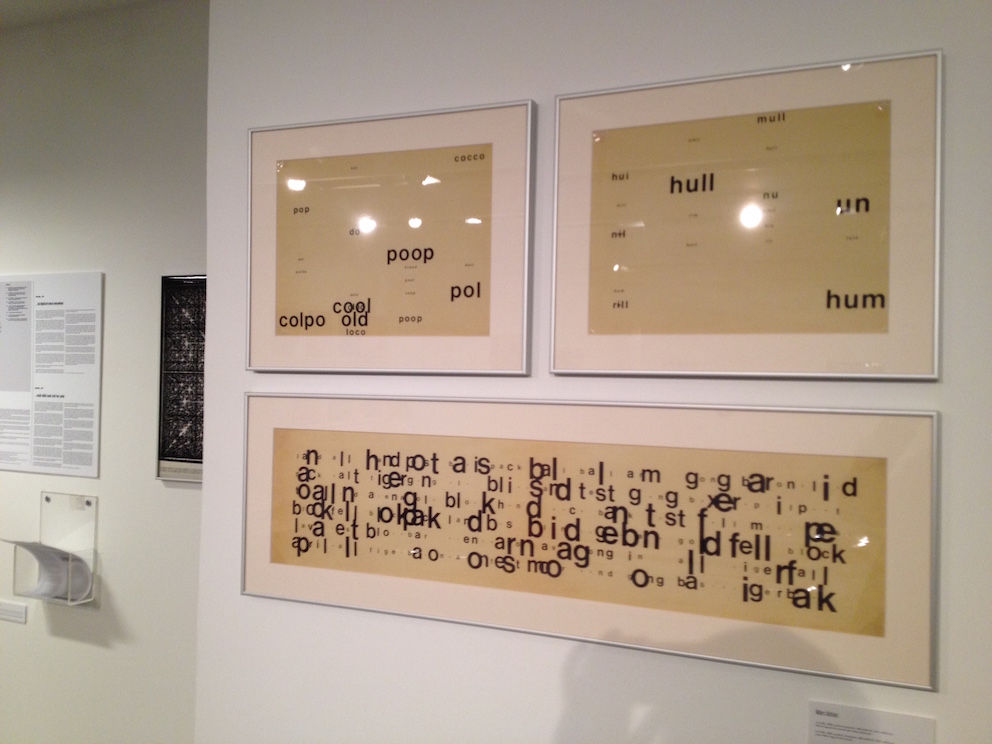
Surrounding this elaborate tale[5], irreducible to a handful of names or facts, Ekmel Ertan and Darko Fritz have carefully assembled a verbal/visual itinerary for the halls of Istanbul’s AKBANK SANAT that reconstructs two samples of creative adventures which are remarkably timely. On the one hand we have 9 Evenings: Theatre and Engineering, an event organized back in 1966 for the halls of New York’s Regiment Armory: «…is a milestone in the field of art and technology, an event where many of this field’s firsts originated»[6]. On the other hand, we have the international ambiance of Tendencije founded in Zagreb in 1961. This, along with the two latter events, the fourth held in 1968 and a fifth one held in 1973, inspired a «…discussion meant that the computer has come of age as an artistic medium»[7]. Dijital Sonrası Tarihçeler. 1960’lav ve 1970’lerin Medya Sanatından Kesitler / Histories of the Post-Digital. 1960S and 1970s Media Art Snapshots marks a kind of comparison of two models (more specifically, the American and European ones) and painstakingly reconstructs a unique and precious climate that aims to restore an aesthetic panorama to the spectator – comparable to a reflective maze which converts and metabolizes technological conquests into «…a kind of spiral evolution that includes and incorporates everything»[8], driving it to the present, along the margins of the very recent experiments, avant-garde controls and cutting-edge digital experiences.
Darko Fritz suggests that: «Today we can hardly distinguish between the digital and non-digital realms of contemporary reality that reflects in arts and humanities. Most 1960s and 1970s digital artworks are actually hybrid in nature», and specifies that: «….they used both analogue and digital technologies. This trend developed into a digital-born art dominating around the turn of millennium, and came back again swinging the full historic circle – but now created within the post-digital conditions»[9].
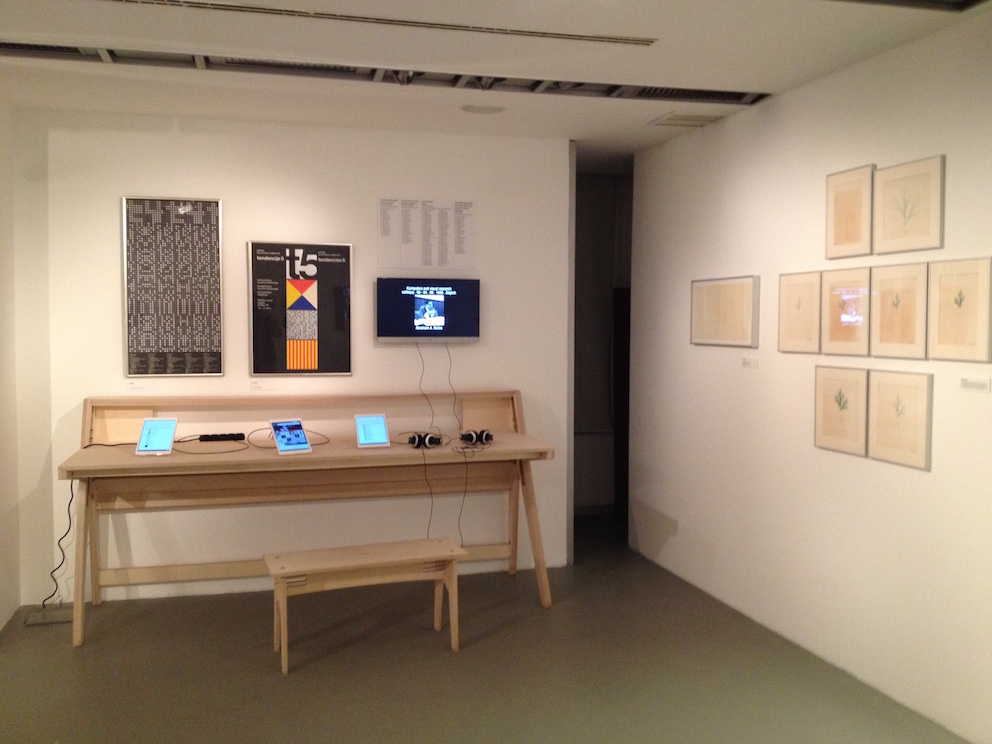
In fact, the exhibition opens on the ground floor with a kind of indispensable premise (Off-Line Medya Köşesi Cumartesi Seminerleri / Off-Line Media Corner Saturday Seminars), as if to place particular emphasis upon the advance of technology. This features a reflection supported by a series of books, catalogues and magazines (all of which can be consulted without any problem) that invites and even urges spectators to consider the history of technology and new electronic means. There is also an extraordinary map that analyses and summarizes the 1960-2014 temporal/spatial timeline at 360° (the only thing I do not agree with is the Agamben-like solution that has been chosen) as well as several essential seminars. How can one remain unmoved when viewing the extremely accurate documentation and a series of works which vividly recall the experiments of that era on display on the first floor? How can one not become fully immersed (and with the utmost pleasure) in the various video clips of New York, the many works of tendencije and the aesthetic constellation on exhibit? They take the plunge and remove us from daily happenings, piercing through all that is commonplace, to open new and felicitous islands for us on the platform of electro-aesthetics.
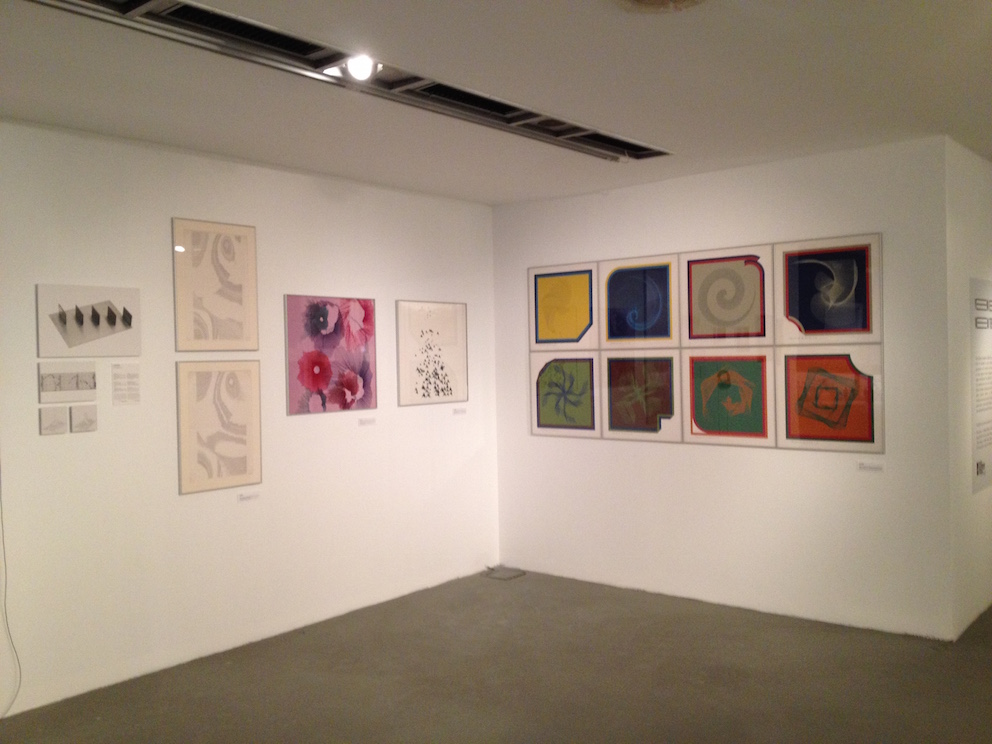
The journey offered by Ekmel Ertan and Darko Fritz is enhanced by Art and Electronic Media, an open-source platform linked to Edward A. Shanken’s book of the same title (Phaidon, 2009) – along with other conclusions by Shanken presented as Inventor el Futuro: arte, electricidad, nuevos medios (Departamento de Ficción, 2013), which can be downloaded free of charge – inviting users to view multi-media material while sitting comfortably at home. They can explore the disciplinary polyphony and heighten the thrill of knowledge, admiring the lethal metamorphosis of the world and the (unstable) triumphs of humankind.
«Histories of the Post-Digital:1960s and 1970s Media Art Snapshots», curated by Ekmel Ertan and Darko Fritz, AKBANK SANAT, Istanbul, Turkey, until February 21st, 2015
Please visit the online platform here
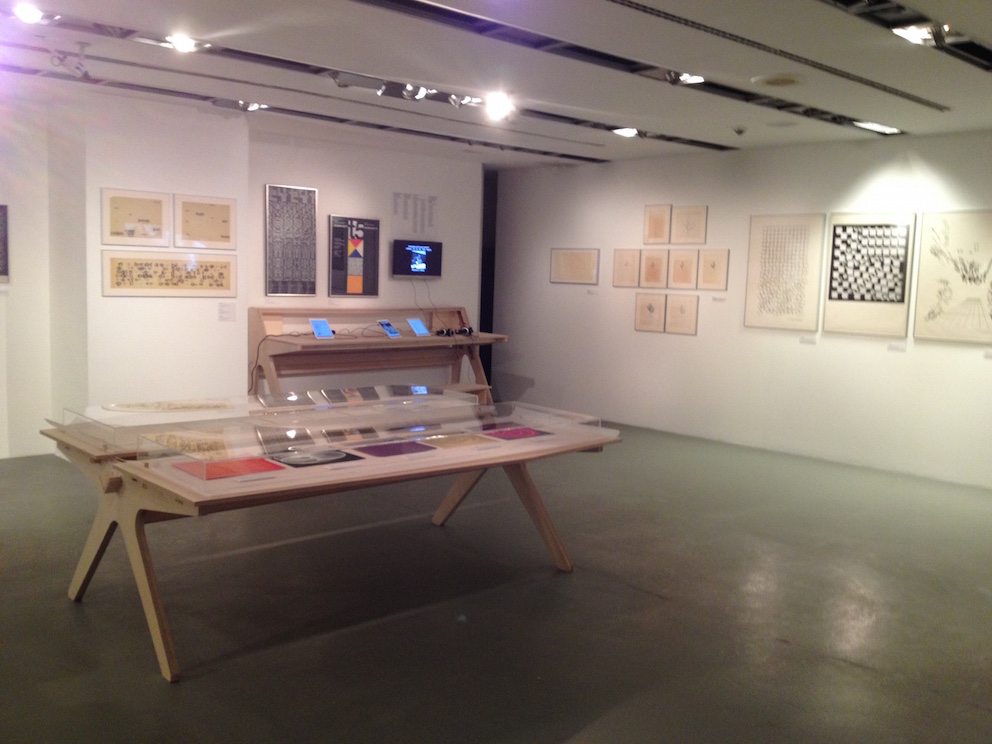
Images (all): «Histories of the Post-Digital:1960s and 1970s Media Art Snapshots», AKBANK SANAT, exhibition view, photo by Antonello Tolve.
[1] J. Baudrillard, Le système des objets, Éditions Gallimard, Paris 1968; Italian translation Il sistema degli oggetti, Bompiani Publishers, Milan 1972, page 153.
[2] P. Giannangeli, A. Tolve L’età soffice. Teoria e pratica dell’arte nell’epoca dei new media with the participation of R. Barilli, L. Fabrizi, P. Giannangeli, J. Kounellis, A. Tolve and A. Trimarco, Quodlibet Publishers Macerata-Rome 2014.
[3] V. Flusser, Medienkultur, hrsg. v. S. Bollmann, Fischer Taschenbuck Verlag, Frankfurt am Main 1997.
[4] For further information, please consult A. Tolve’s Ubiquità. Arte e critica d’arte nell’epoca del policentrismo planetario, Quodlibet Publishers, Macerata 2013, more specifically Chapter 1, Ubiquità, obliquità e zapping planetario. See also the essential V. Flusser, Medienkultur, hrsg. v. S. Bollmann, Fischer Taschenbuck Verlag, Frankfurt am Main 1997; Italian translation La cultura dei media, with afterword by A. Borsari, Bruno Mondadori Publishers, Milan 2004.
[5] Other important reflections on the matter include those by Benjamin, Heidegger, Habermas, Mc Luhan and Ted Nelson, Lyotard, Foucault, Deleuze, Guattari, Kittler, Mandelbrot, Flusser, Mandelbrot, Maldonado, Colombo, Wodaski, Arthur & Marilouise Kroker, Virilio and Levy, Gibson, José Jiménez, Diodato etc.
[6] E. Ertan, untitled essay in Dijital Sonrası Tarihçeler. 1960’lav ve 1970’lerin Medya Sanatından Kesitler / Histories of the Post-Digital. 1960S and 1970s Media Art Snapshots, the catalogue printed for the exhibition at Akbank Sanat, Beyoğlu | İstanbul 2014, page 13.
[7] E. Ertan, untitled essay, op. cit. page 13.
[8] J. Baudrillard, Mots de passe, Pauvert – département des Éditions Fayard 2000; Italian translation Parole chiave. L’oggetto, il valore, la seduzione, l’osceno, la trasparenza del male, il virtuale, il caos, la fine, il destino, il pensiero, Armando Publishers, Milan 2002, page 9.
[9] D. Fritz, untitled essay in Dijital Sonrası Tarihçeler, op.cit. page 14.
[1] J. Baudrillard, Le système des objets, Éditions Gallimard, Paris 1968; Italian translation Il sistema degli oggetti, Bompiani Publishers, Milan 1972, page 153.
[2] P. Giannangeli, A. Tolve L’età soffice. Teoria e pratica dell’arte nell’epoca dei new media with the participation of R. Barilli, L. Fabrizi, P. Giannangeli, J. Kounellis, A. Tolve and A. Trimarco, Quodlibet Publishers Macerata-Rome 2014.
[3] V. Flusser, Medienkultur, hrsg. v. S. Bollmann, Fischer Taschenbuck Verlag, Frankfurt am Main 1997.
[4] For further information, please consult A. Tolve’s Ubiquità. Arte e critica d’arte nell’epoca del policentrismo planetario, Quodlibet Publishers, Macerata 2013, more specifically Chapter 1, Ubiquità, obliquità e zapping planetario. See also the essential V. Flusser, Medienkultur, hrsg. v. S. Bollmann, Fischer Taschenbuck Verlag, Frankfurt am Main 1997; Italian translation La cultura dei media, with afterword by A. Borsari, Bruno Mondadori Publishers, Milan 2004.
[5] Other important reflections on the matter include those by Benjamin, Heidegger, Habermas, Mc Luhan and Ted Nelson, Lyotard, Foucault, Deleuze, Guattari, Kittler, Mandelbrot, Flusser, Mandelbrot, Maldonado, Colombo, Wodaski, Arthur & Marilouise Kroker, Virilio and Levy, Gibson, José Jiménez, Diodato etc.
[6] E. Ertan, untitled essay in Dijital Sonrası Tarihçeler. 1960’lav ve 1970’lerin Medya Sanatından Kesitler / Histories of the Post-Digital. 1960S and 1970s Media Art Snapshots, the catalogue printed for the exhibition at Akbank Sanat, Beyoğlu | İstanbul 2014, page 13.
[7] E. Ertan, untitled essay, op. cit. page 13.







































